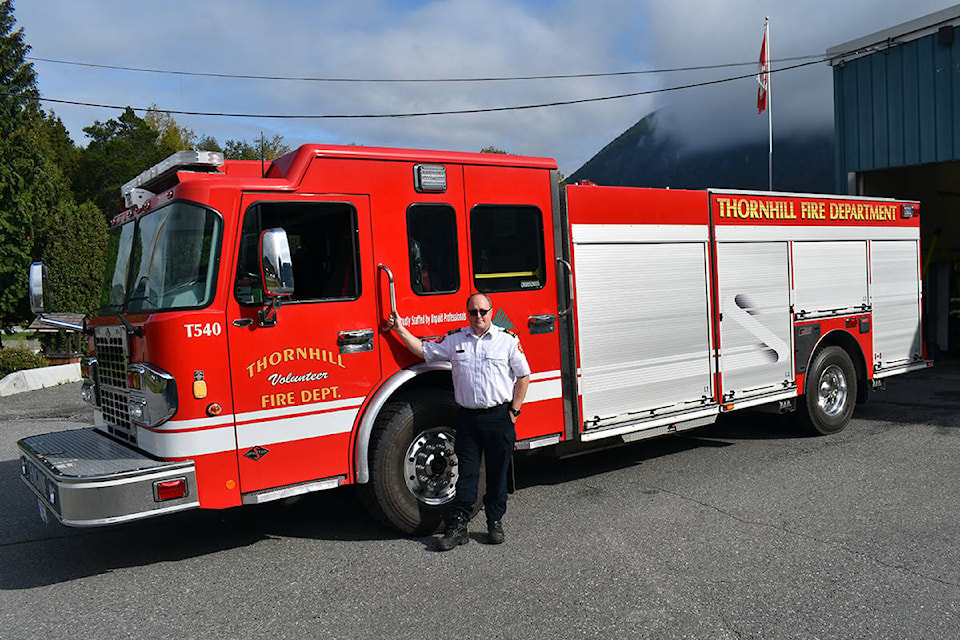The Thornhill Volunteer Fire Department is replacing aging vehicles in its fleet with four made-to-order fire trucks.
The department is awaiting two fire engines and two fire tenders, which are expected to be delivered within a year. Engines are larger than tenders and are equipped for pumping water and structural response, while fire tenders lack some of that functionality and are used mostly to transport water to areas without fire hydrants.
Fire tenders do have a small pump, but Thornhill Fire Dept. Chief Rick Boehm said that they are limited to smaller incidents like dumpster or automobile fires.
The department’s current fire trucks were purchased between 1994 and 1998 and are at the end of their operational life. The turnover of older vehicles to new ones is a regular process to keep current with guidelines set by insurance underwriters in order to provide coverage.
“We’ve run them to the farthest end that we possibly could and we’ve even actually relocated trucks to smaller communities to try to maximize their life and we’re at that junction now where we have to actually replace them,” said Boehm.
Boehm said he believes that anytime a volunteer organization gets new equipment, it improves morale and interest from non-members.
Combined, the new trucks carry a price tag of nearly $3 million. The Regional District of Kitimat-Stikine (RDKS)and the Thornhill Volunteer Fire Department forecasts the cost of replacing vehicles and saves money throughout the life of the trucks.
“As it got closer to this replacement date we were putting aside funding into the capital reserve every year for 10 to 15 years so that when it comes time to pull the trigger on a 2.9 million dollar purchase there’s no impact to the taxpayers because you’ve already saved for it,” said Boehm.
The RDKS is spreading out the cost of the trucks over a five-year lease through TD Bank, and will own the vehicles after the lease period.
The new vehicles, called apparatuses in the firefighting industry, are being purchased from Winnipeg-based Fort Garry Fire Trucks. Boehm said he is expecting the apparatuses to be delivered within a year, but the COVID-19 pandemic could cause delays to the build-time.
“The chassis which is the wheels, the frame, the engine, the transmission, that is built in the United States, it’s actually built just outside of Lansing, Michigan and then it’s shipped to Winnipeg and then they completely build and they put on the aluminum fire body or the water tank or the pump and the other stuff,” he said.
“There is a bit of a concern right now with the global slowdown due to the COVID response.”
Boehm said that the fire truck landscape has changed significantly since the fire department acquired apparatuses in the 1990s. He said there used to be a lot of manufacturers across Canada and the United States. Minimum standards for fire trucks existed but there was not as much regulation “so you sort of got what you could get with the money you had available.”
The cost of fire apparatuses has increased over the years. For example, trucks purchased in 1997 cost a little over $250,000. Boehm said the price has tripled since then. The old trucks could be downgraded to reserve positions, and others may be sold or auctioned off.
